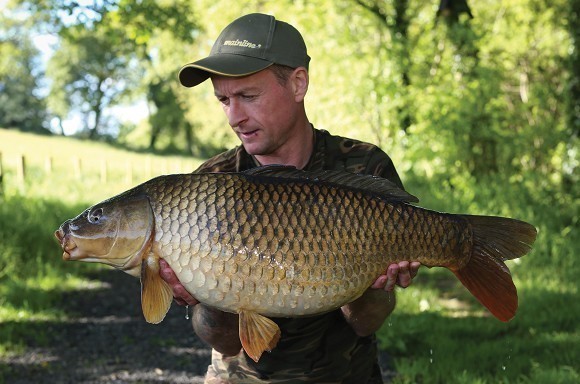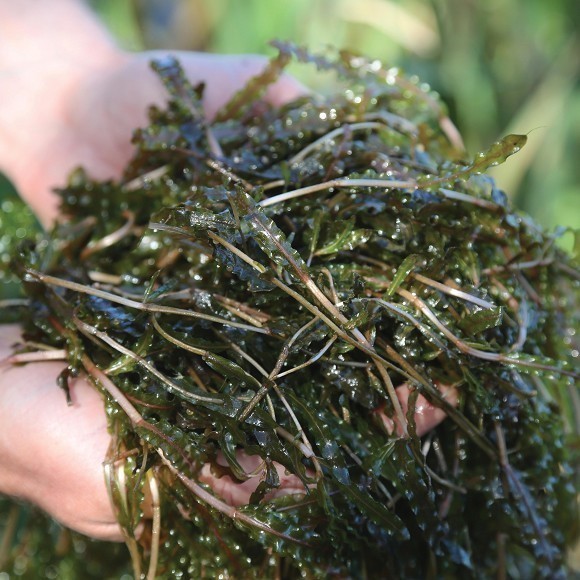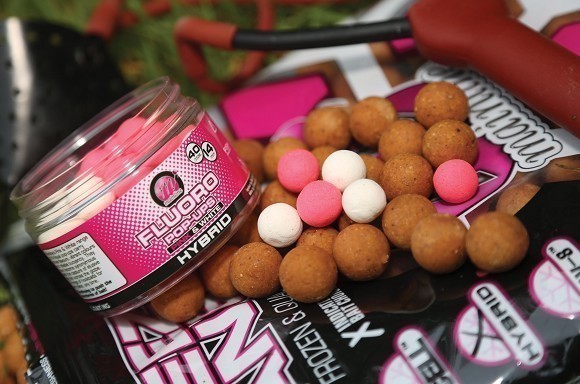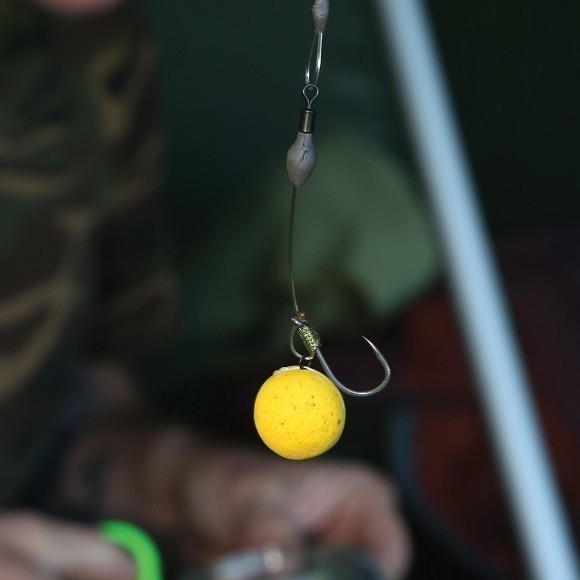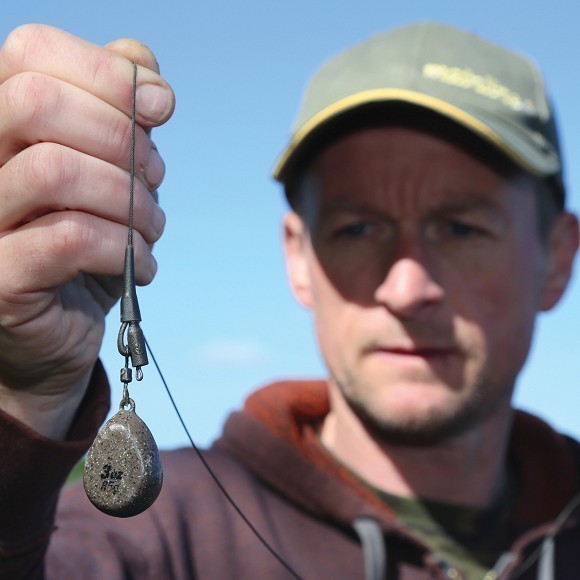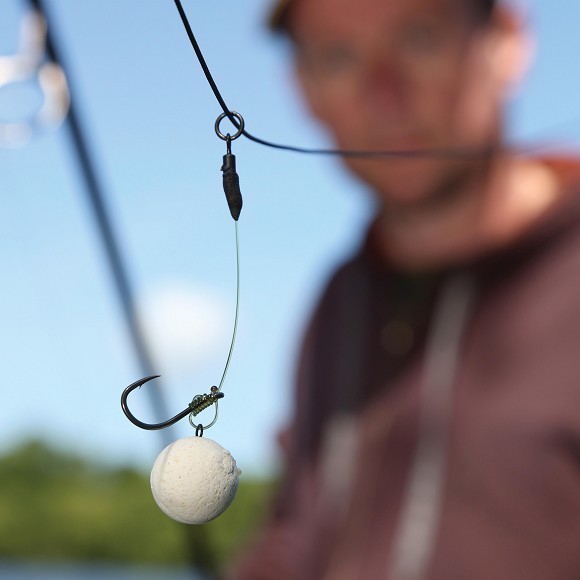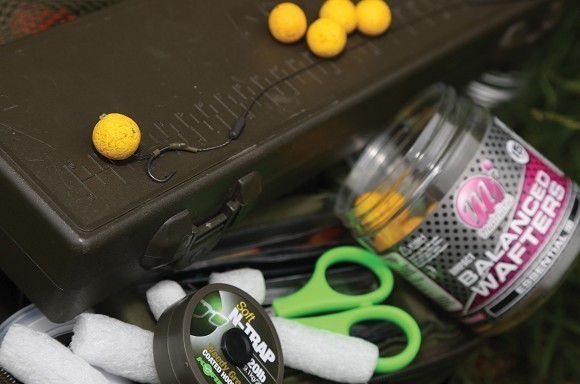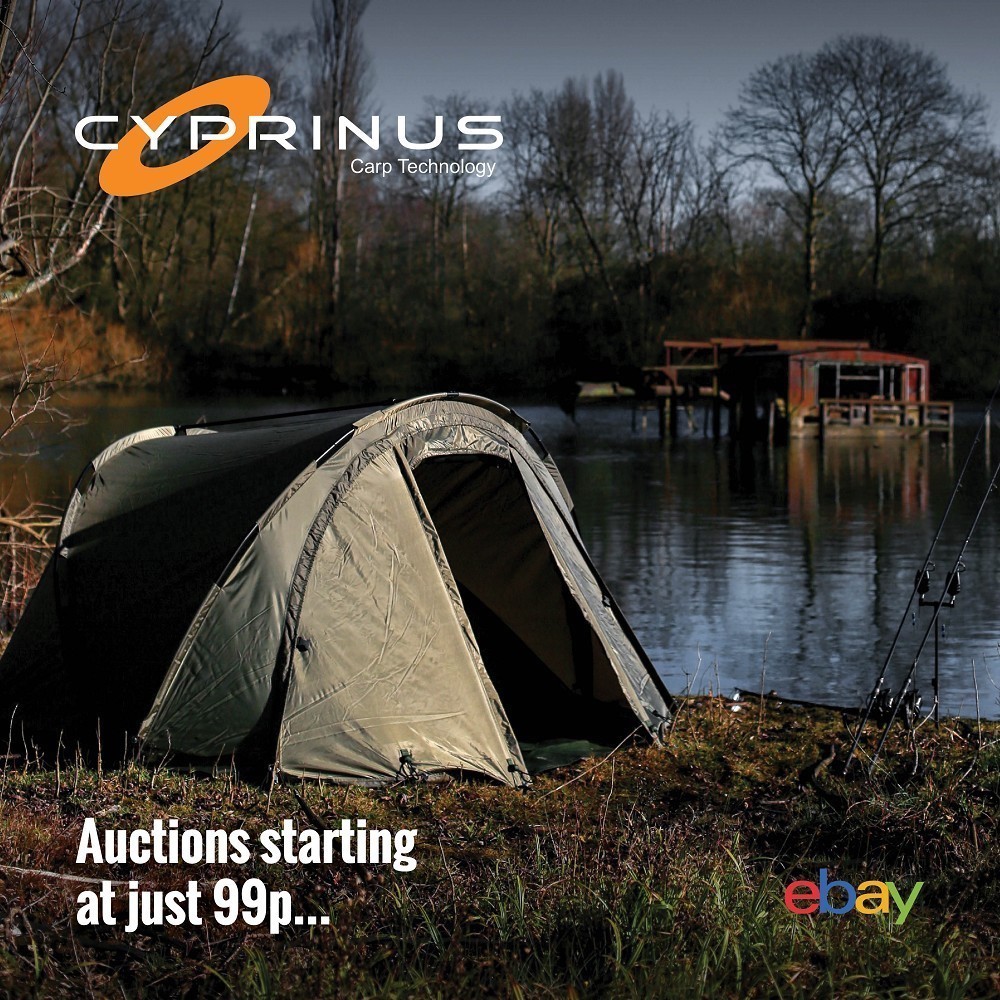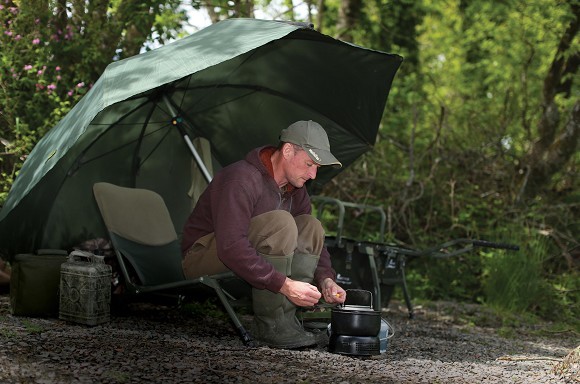
What hookbaits to use in weed
John Kneebone takes a look at choosing the right hookbaits for the fishing situation – and this month that’s weed
There are so many factors that go into generating a bite, especially when fishing low-stock waters, for pressured fish, or in tricky situations, but this attention to detail is equally as important when fishing a prolific venue where you want to keep the action coming. It’s also vitally important to apply an approach that best matches the fishing situation, with a suitable rig, feed of bait, as well as one thing that needs to complement all these things: your hookbait. Venture onto a lake that contains any manner or amount of weed and straightaway you can take this hookbait importance up a level.
What's most important?
In any weedy situation, there is one single, primary thing to do: make sure the fish can find your hookbait. Yes, I know, it sounds like I’m stating the obvious, and I suppose I am to a certain extent, but actually achieving this plain and simple objective is often far more difficult that you’d think.
So when it comes to the hookbait the first port of call has to be pop-ups, and pop-ups that are reliably buoyant. Ones that can maintain the performance of what will often be ‘heavy’ rigs such as the Chod Rig for long periods if needed. On occasions, such has been the difficulty in presenting the pop-up in the first place that I’ve left hookbaits in-situ for two days or more.
Over a long period of time such as this, your pop-up may also need to withstand the constant attentions of nuisance fish, so for me I much prefer a solid pop-up rather than a corkball version with a thin skin of paste that softens in the water. To preserve my hookbait confidence further, I also like to try and not scale down from a 15mm pop-up wherever possible.
The presentation
As I’ve said, my main objective where weed is concerned is making sure carp can find the hookbait, so all I’m really bothered about is that the pop-up is above the weed and the hook isn’t masked, and the Hinge Rig does this perfectly. When the pop-up is balanced to sink slowly, the ‘Hinge’ and break in the hooklink means that the ‘boom’ section of the hooklink may be swallowed by weed, but the two- to three-inch shorter, stiff section below the hook will remain above. In fact, I’m really not too bothered at what angle the boom section sits in the weed; it could be at 45-degrees or even vertical, just as long as the hook and pop-up remain clear of weed. And what’s more, the Hinge Rig will reset itself if disturbed by nuisance species.
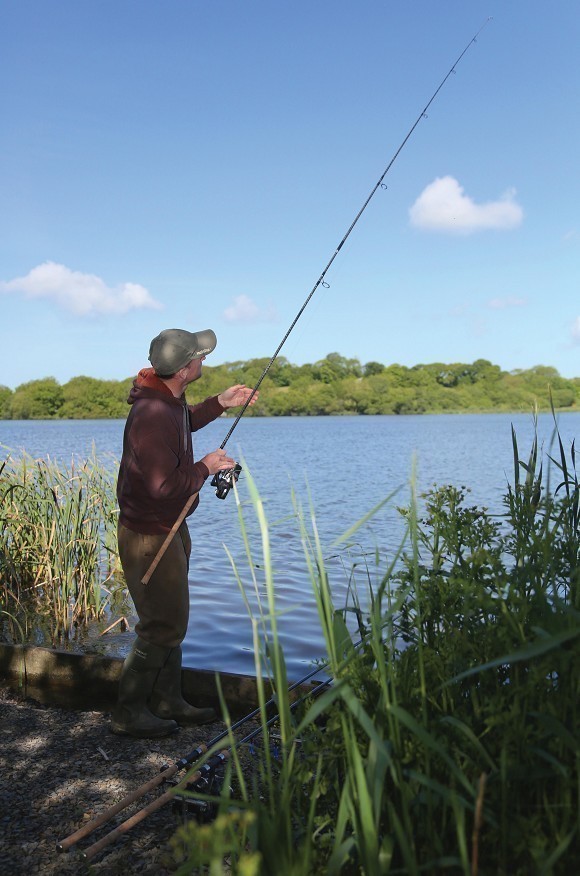 Feel the lead down to the bottom and it’s often possible to fish within the weed instead of the obvious clear areas
Feel the lead down to the bottom and it’s often possible to fish within the weed instead of the obvious clear areasMany anglers will favour the Chod Rig where weed is a problem, and I will use it myself from time to time. Again, the qualities of this rig are very similar to that of the Hinge Rig, although in my experience, especially where I’ve had opportunity to view my Choddy through an Aqua-scope after casting, the Chod can have a habit of ‘hanging-up’ in the weed or in mid-water when large undulations between the top of the weedbeds and the lakebed are present.
The Hinge Rig on the other hand presents the hookbait below the lead and not above it. So as long as you can feel the lead down onto the bottom with a single donk, your pop-up will most like settle nicely into position – well presented within the weed, which where possible is most certainly an edge, after all, the weedbeds will hold a massive amount of natural foods for the carp to gorge upon. It therefore stands to reason that carp living within a weedy home will predominantly feed and feel safest doing so in the weed. Yes, finding clear spots can often be necessary and should not be ignored, but being able to actually fish within weed is the perfect situation.
Some weeds are more suitable to fishing in than others, and onion weed is top of my list: soft, weak and fibrous, and you can pretty much cast into the middle of it. Even weeds such as silkweed, which again will be home to masses of natural carp tucker can be good areas to target. The long strands of silkweed will lay flat on the deck and move with the undertow of water present in every lake, which is generally where the problems begin with hookbaits and rigs literally being swallowed up.
As is the case with the Hinge Rig, I’m happy for the main boom section of hooklink to be engulfed, just as long as the hookbait remains ‘take-able’. Slow sinking Balanced Wafters are ideal for this and have become a firm favourite of mine since their release. When fished with a long hooklink of 14-inches or more, they rest nicely on the weed despite it covering the hooklength.
From pop-ups to balanced wafting hookbaits, the one common factor here is hookbait buoyancy. This is absolutely crucial, because free food will be readily available and easily found by the carp in weed and so must your hookbait.



